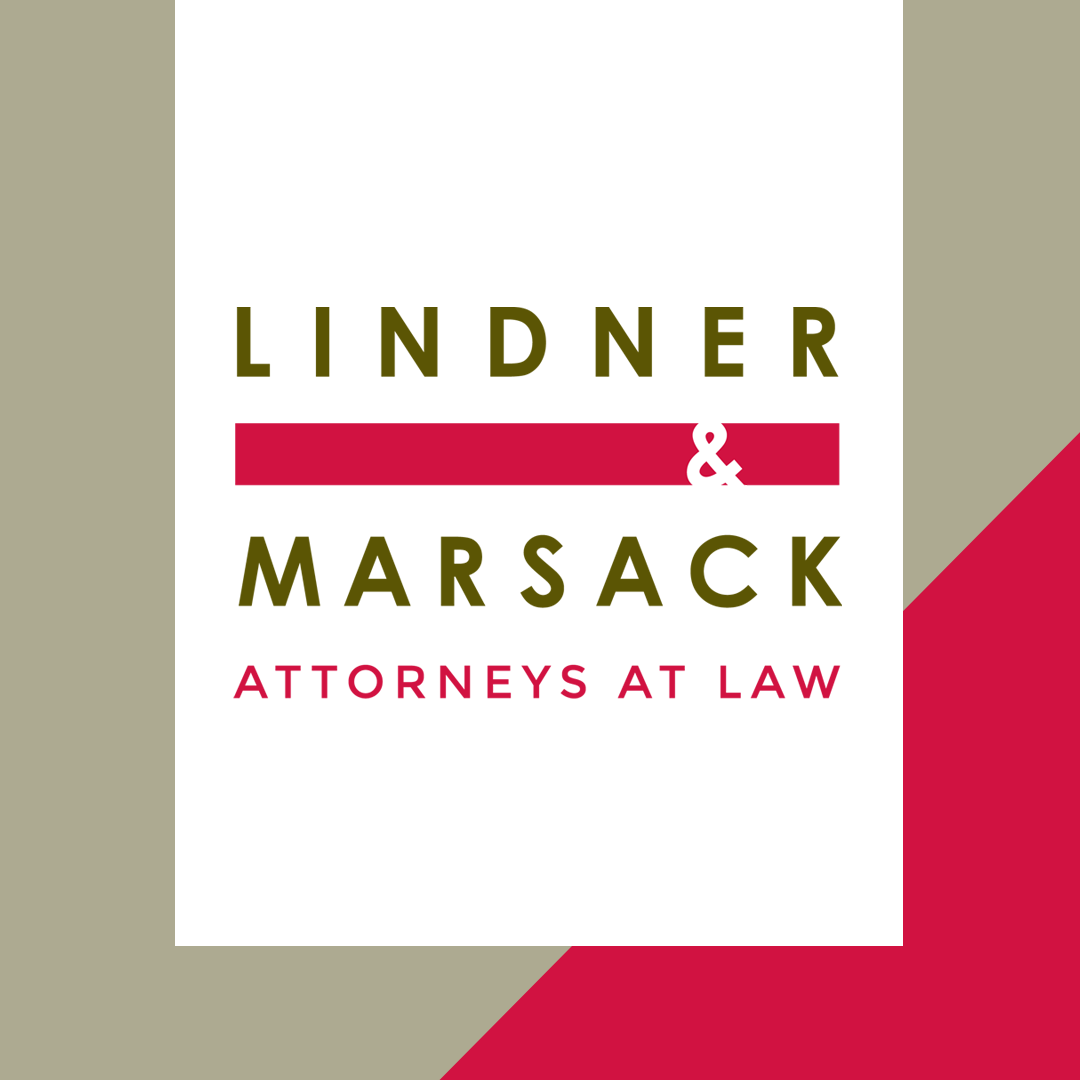By: Alan M. Levy Long-awaited final rules for providing investment advice to participants and beneficiaries of 401(k) plans and other retirement programs which utilize participant-directed individual accounts were issued by the U.S. Department of Labor (“DOL”) on October 25, 2011. They will be effective December 27, 2011. A by-product of defined contribution plans supplanting defined […]

US DEPT OF LABOR ISSUES FINAL RULES ON INVESTMENT ADVICE FOR PARTICIPANT-DIRECTED INDIVIDUAL ACCOUNTS
Leave a reply
